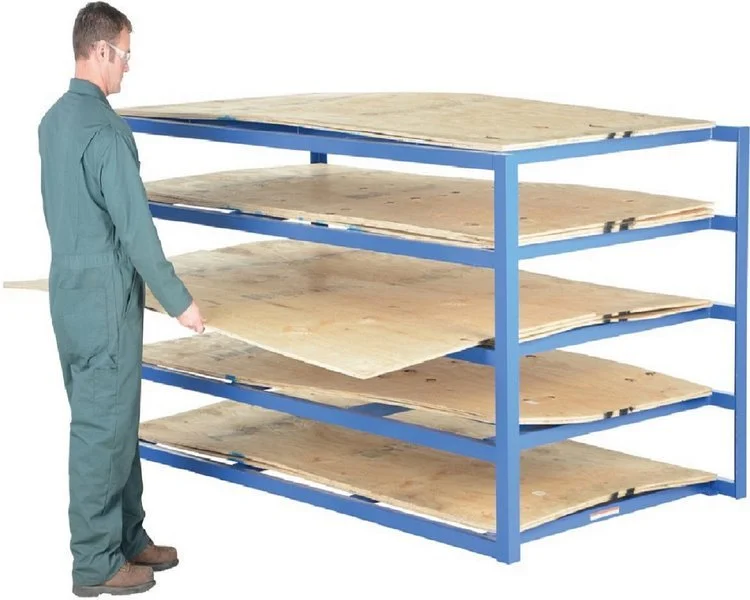Introduction
Warehouses are dynamic spaces where goods are stored, organized, and moved around. However, the bustling activity in warehouses also comes with inherent risks, with one of the most common being workplace injuries caused by improper storage and handling of materials. The strategic use of appropriate racking systems can significantly contribute to reducing these injuries and creating a safer environment for warehouse personnel. In this blog, we will explore the critical role of appropriate racking in minimizing warehouse injuries.
Understanding the Importance of Proper Racking
Effective warehouse management involves more than just stacking goods; it necessitates a well-thought-out racking system that maximizes space, facilitates efficient retrieval, and, most importantly, prioritizes worker safety. Racking systems that are designed with safety in mind can minimize the risk of accidents, such as falling objects, collapsing racks, and collisions.
Types of Appropriate Racking Systems
Selective Racking: This is the most common racking system, providing direct access to each pallet. It's suitable for high-turnover products and is designed to ensure stability and ease of loading and unloading.
Pallet Flow Racking: This system employs gravity to move pallets along rollers, ensuring the oldest stock is used first (FIFO).
Cantilever Racking: Suitable for storing long and awkwardly shaped items, cantilever racks have extended arms that hold items without the need for beams in the front, facilitating easy access.
Safety Guidelines for Appropriate Racking Usage
Weight Limits: Adhere strictly to the manufacturer's weight limits for each type of racking. Overloading racks can lead to structural failure and potentially injure workers.
Proper Loading: Ensure that items are properly placed on the racks, evenly distributed to prevent imbalance. Heavy items should be stored on lower shelves to avoid toppling.
Regular Inspections: Conduct routine inspections of racks to identify any signs of damage, such as bent frames, damaged beams, or rust. Address any issues promptly.
Secure Stacking: Use appropriate containers, pallets, and storage aids to prevent items from falling or shifting. Securely stack items, especially those that are prone to rolling or collapsing.
Clear Aisles: Maintain clear aisles for easy movement of personnel and equipment. Obstructed pathways increase the risk of collisions and accidents.
Proper Training: Provide training to warehouse staff on safe loading and unloading procedures, as well as safe interaction with racking systems.
Benefits of Using Appropriate Racking for Warehouse Safety
Injury Prevention: The primary advantage of using appropriate racking is the reduction of injuries caused by falling objects, collapses, and collisions. This leads to a safer work environment for all warehouse personnel.
Enhanced Organization: Well-designed racking systems optimize storage space, making it easier for workers to locate and retrieve items efficiently, thereby minimizing the need for unnecessary lifting and reaching.
Increased Efficiency: Proper racking allows for better space utilization, streamlining operations and reducing the need for extensive manual handling.
Minimized Downtime: Injuries can lead to downtime, impacting both productivity and employee morale. Proper racking helps prevent accidents and the subsequent disruptions they cause.
Positive Work Culture: Prioritizing safety through appropriate racking systems demonstrates a company's commitment to its employees' well-being, fostering a positive work culture.
Conclusion
In conclusion, appropriate racking systems are not just about optimizing storage space; they play a crucial role in creating a safe and productive warehouse environment. By selecting the right racking systems for your inventory and adhering to safety guidelines, you can significantly reduce the risk of workplace injuries caused by improper storage and handling. A well-designed warehouse is not only efficient but also a testament to a company's dedication to its employees' safety and well-being.































